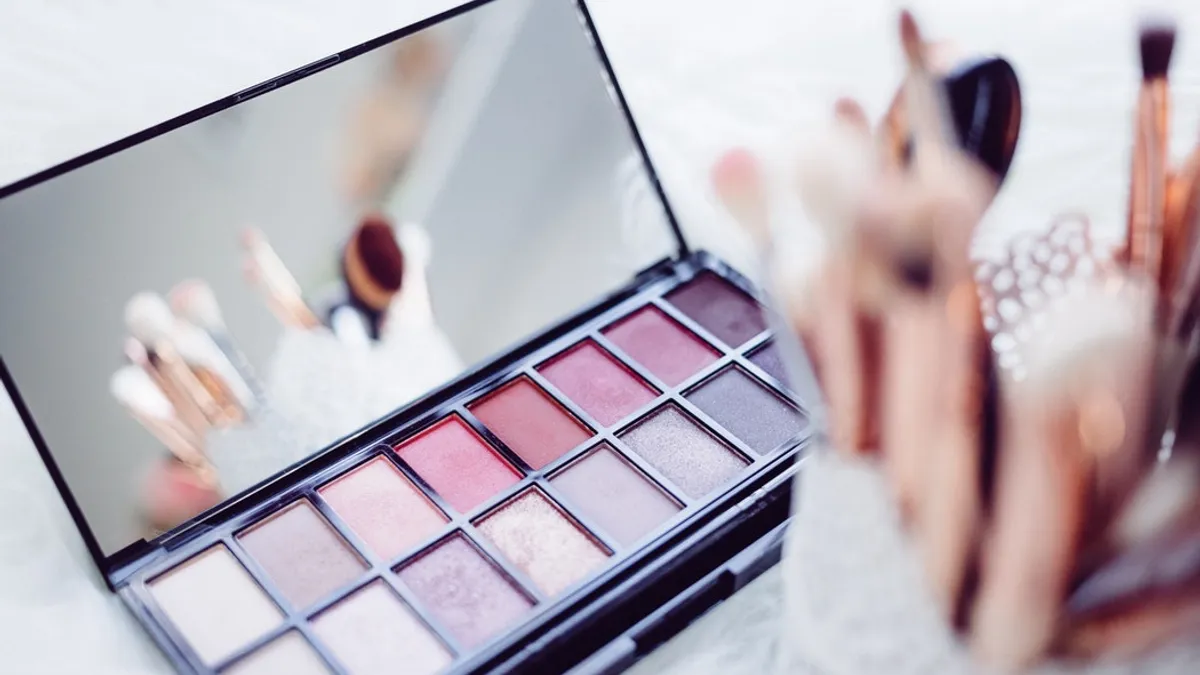Dive Brief:
- Five major cosmetic categories — face cream, foundation, mascara, blush/bronzer and lipstick — contain at least one high risk commodity, according to an analysis by Verisk Maplecroft. The commodities are scored based on their environmental, social and governance (ESG) risk.
- About 30% of ingredients used in common cosmetic products come from mined or agricultural commodities.
- Consumer demand for natural ingredients in cosmetics and transparency into sourcing creates challenges for procurement departments to identify and manage risk in a variety of ingredients.
Dive Insight:
Many businesses have added more natural ingredients in response to consumer interest in non-synthetic products, allowing brands to add the coveted word "natural" to their packaging.
But "companies that increase the proportion of natural ingredients in their cosmetics could be opening a Pandora’s box of risk," Verisk Maplecroft stated in its analysis, with many ingredients linked to poor labor conditions and environmental practices.
Vanilla, for example, is a common ingredient in lipstick, but it carries high risk. Despite the price of vanilla skyrocketing in the last five years, farmers in Madagascar receive as little as 5% returns on the crops they produce. The commodity is also linked to child labor.
Cocoa, commonly used in the form of cocoa butter in blush and bronzer, is frequently linked to child labor in Cote d'Ivoire, which is the world's leading producer of cocoa. Multinational corporations have joined efforts to improve the cocoa supply chain, although they've had little impact on improving child labor issues and low wages for farmers.
Several ingredients are derived from mines, including zinc, tin and copper, all of which Verisk Maplecroft classifies as high risk.
With reports and documentaries bringing risks to light, consumers demand not only natural products, but visibility into the origins of those products.
But to provide that transparency, companies must first "dig into the depths of their extensive and complex supply chains" to achieve visibility, which has proven challenging for many procurement managers.
Cosmetics company Lush committed to remove all mica from its supply chain, and while it was able to stop using the mineral directly, "it was unable to guarantee that the mica in many pigments supplied by third parties had no association with child labor," the analysis said. Its solution was to switch to using only synthetic mica in its products.
The tradeoff of synthetic goods, however, is not only the inability to brand products as natural, but the impact on small communities relying on commodity production to support themselves.
"Abandoning the use of key commodities altogether is not always possible or practical, and could also deprive stakeholders of their livelihoods in developing economies," the analysis said.














